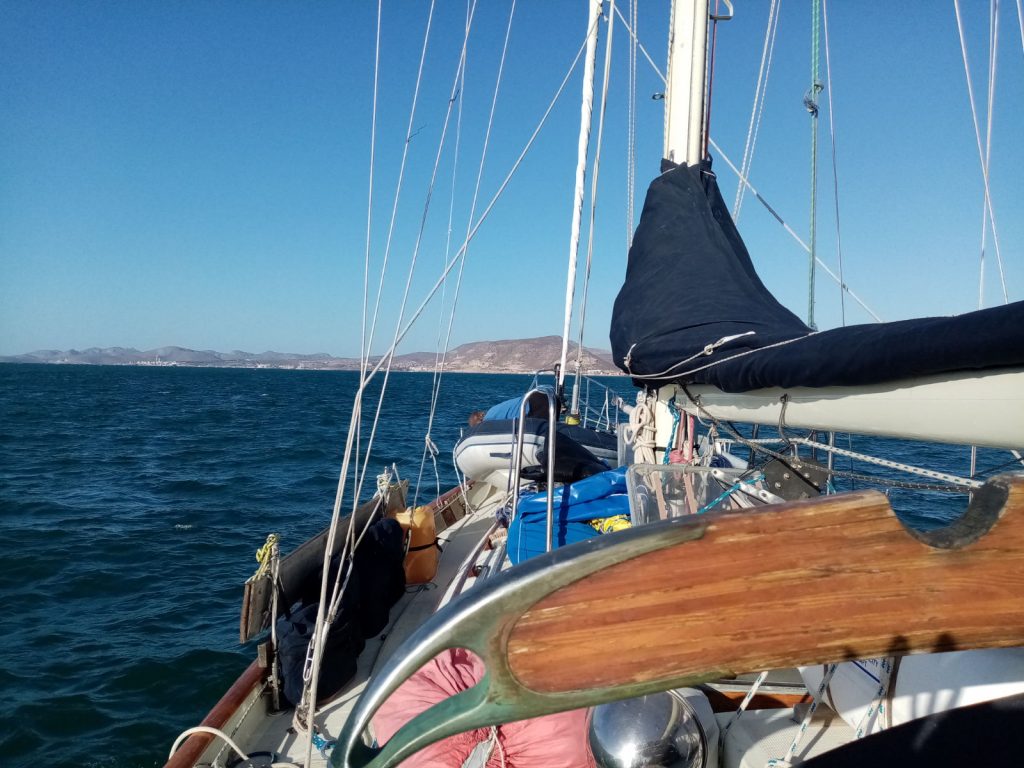It would be a very dull post to merely report the general day by day routine of our stay in Marina La Paz. A general daily summary would consist mainly of: get up (usually late in the morning), have toast and coffee; tidy up; laze in the cabin; Paul has a two-hour Spanish lesson while I read or write, and then we go shopping and have the odd evening walk or cycle along the Malecon. Such a general account, however, leaves out the finer details of our month here. When I left for the UK earlier this year, I had only spent a couple of weeks in this charming coastal city, so I’d had little time to explore it properly. A leisurely month allowed me to get to know it better. Once my self-isolation ended, I was able to accompany Paul to the local supermarkets so that I could refamiliarise myself with the available products. As a ‘veggan’, (which I have discovered is the recently made up word that describes someone who is mostly vegan but still eats eggs), I have a few favourite staples I like to use in the dishes I prepare. With fewer choices in the pre-prepared vegan range here, compared with the wide range in the UK, I knew I would be making more of my own meals on board. I had a list…I always have a list, and my list is written on actual paper with a pen, and it goes everywhere with me.
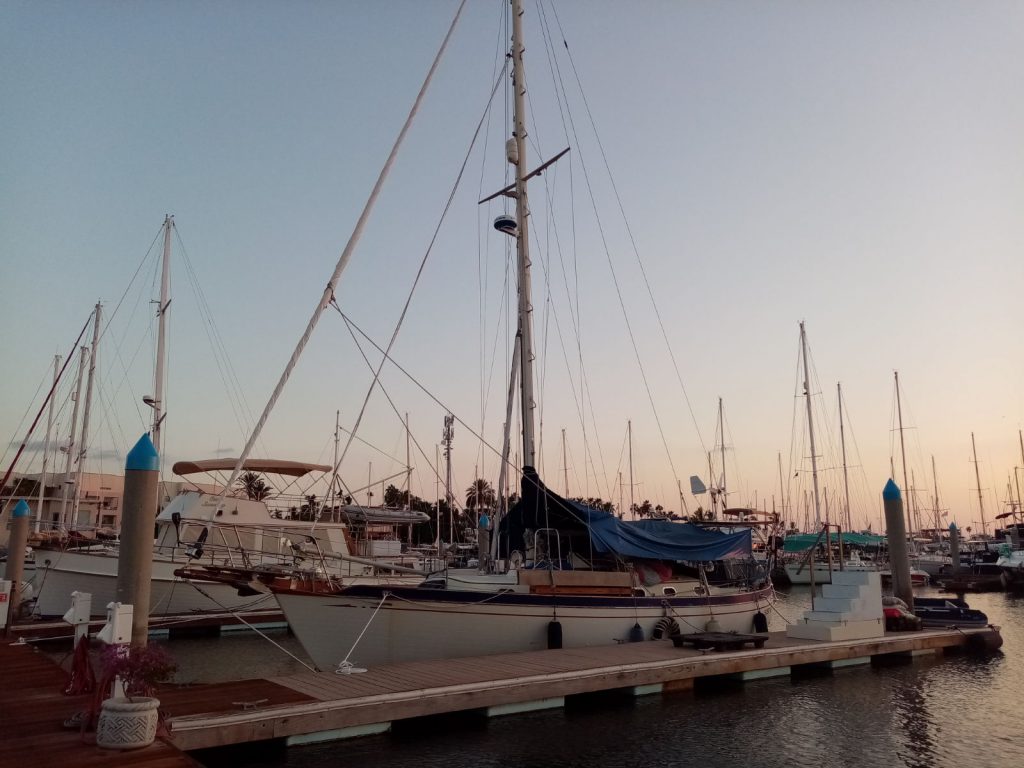

Over the course of the month I was able to cross items off my list through spotting them in the local markets and stores. I’m referring to things like nutritional yeast flakes, semolina, Worcester sauce (without anchovies), red lentils and vegan pesto. Sourcing and procuring these became something of an enjoyable mission when we were out – a bit like a culinary treasure hunt. We saw places we probably wouldn’t otherwise have seen and one day we met the North American owner of a natural food store who has been living here for 20 years. She runs a food cooperative, and had an intriguing array of products in her shop, including eggs from her vegetarian-fed chickens, organic fruit and veg from her ranch, and tubs of cooking oils and flours which she dispenses into recycled containers. She told us that a lot of her custom is from the American community in the marinas. Unfortunately for us, on this particular day they had cleared her out of eggs, so I came away with a small jar of sesame oil and a bag of semolina, which Paul has promised to make pasta with, so watch this space.
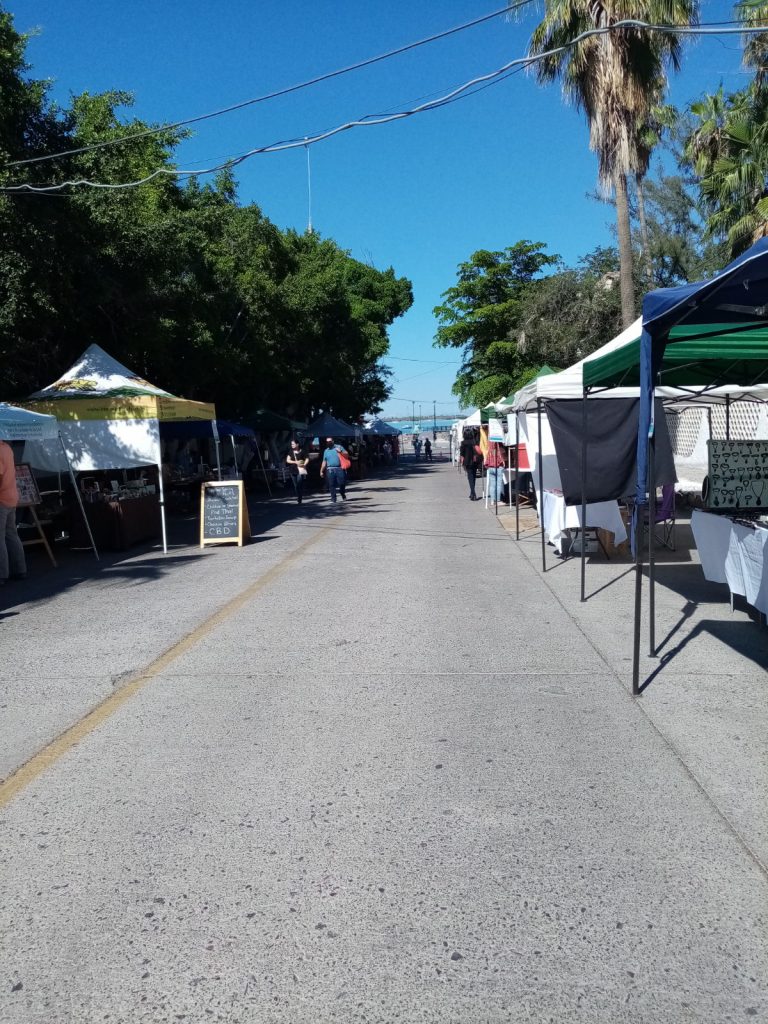
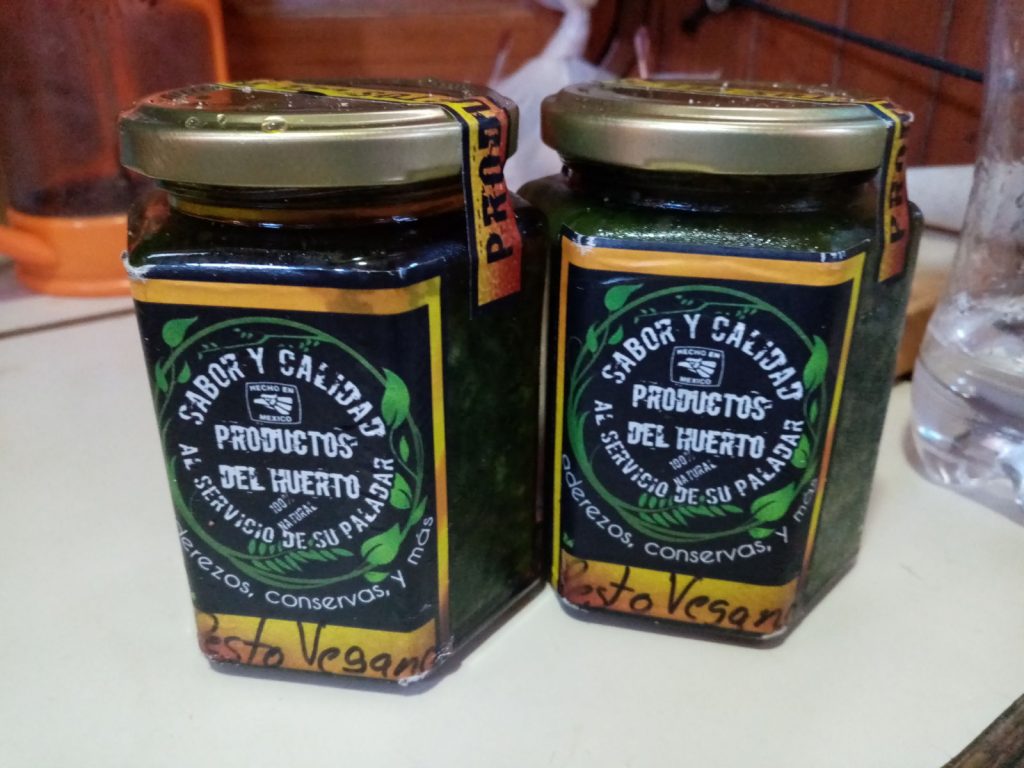
La Paz has great cycle lanes throughout the town, which makes for an easy and pleasant way to get around. I’m sure more people would get on their bikes in the UK if they felt safer and not in the way of road traffic. There are no steep hills to worry about here but the intense heat made it quite challenging to pedal to the supermarket for mad dogs like us, who get up too late to avoid the midday sun. Paul is more used to it, but the first few days I accompanied him I struggled to keep up. Our bikes are doing remarkably well, considering we bought them almost five years ago in Malaysia. We thought we’d make use of them there and ditch them when we moved on because they were relatively cheap, but I had got quite fond of mine and thought they might come in useful in other places. We’ve now used them in Malaysia, Japan, Canada, America and Mexico; through torrential rain, extreme humidity and searingly hot sunny days, and nights when we weren’t sure where we were on dark, unfamiliar streets. Folded up in the quarter berth, they crossed the North Pacific Ocean with us. Apart from a bit of rust, and a few punctures, they have proved excellent value for money. Wimp that I am, however, I only cycle when I can follow Paul. My cycling proficiency test was several decades ago and I’m not confident enough to cycle on the main roads on my own. It’s nerve wracking enough as a pedestrian until you get used to the crossing places and pedestrian rules here. I walked to Chedraui a couple of times and took a few pictures on the way.
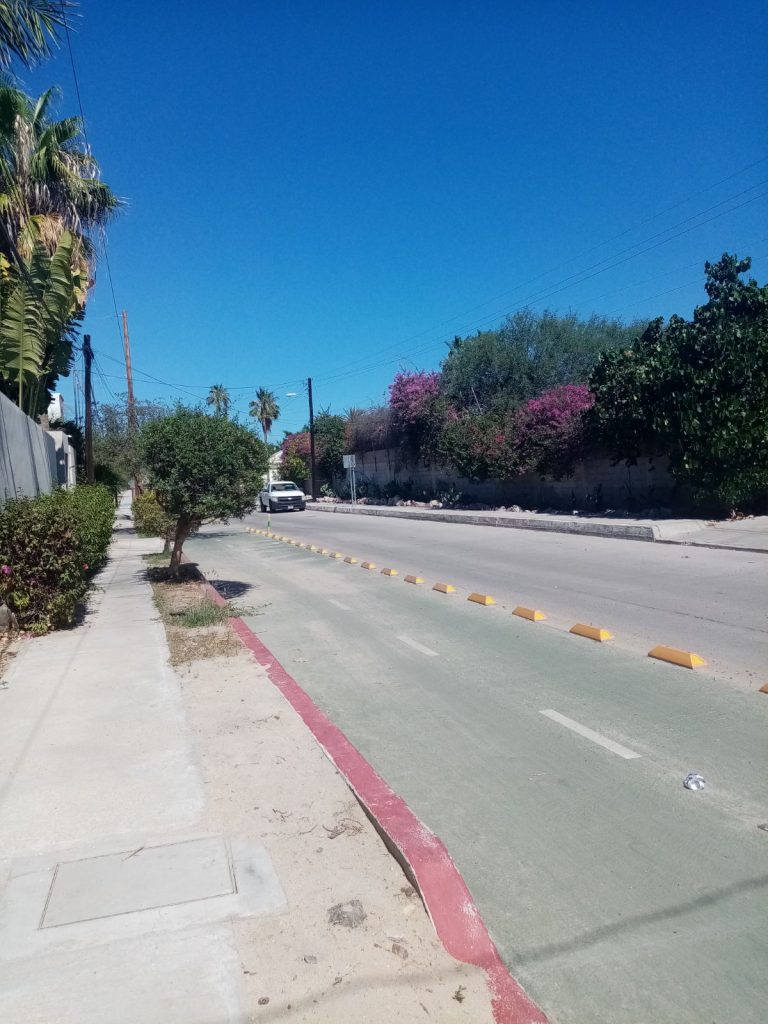
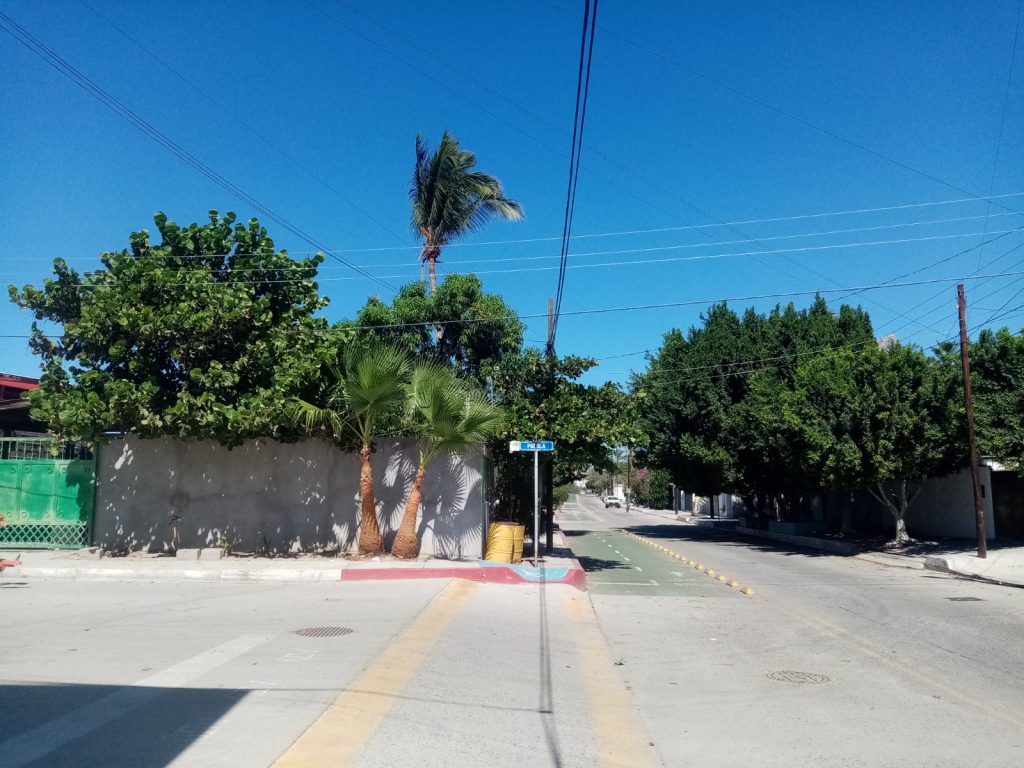
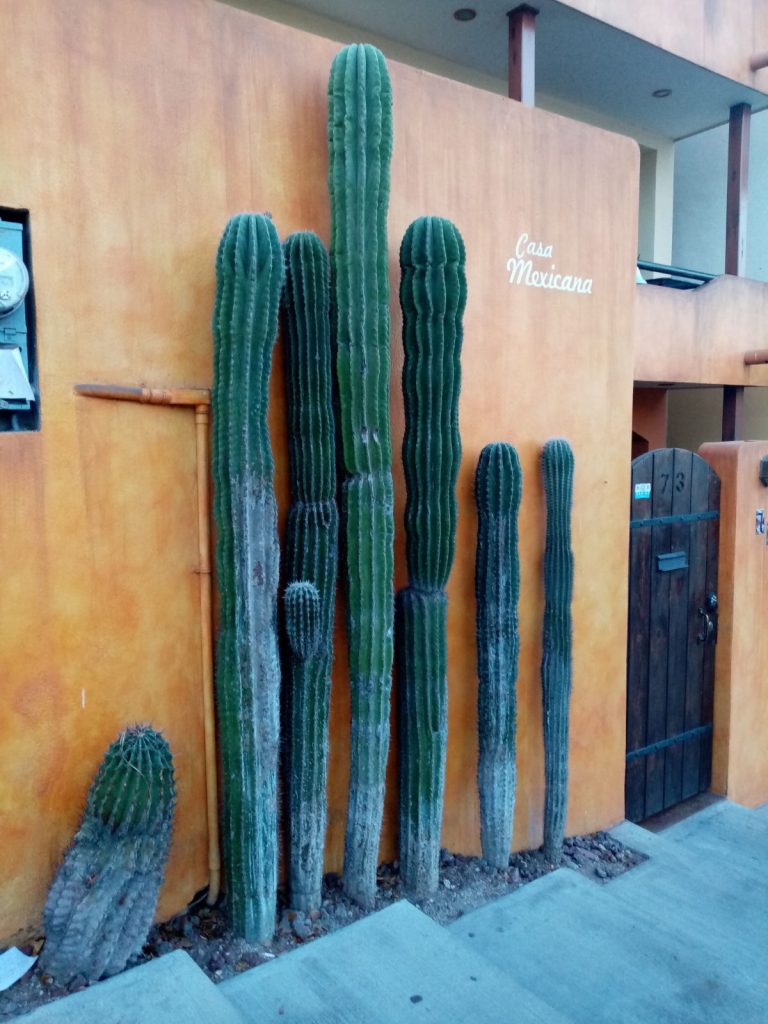
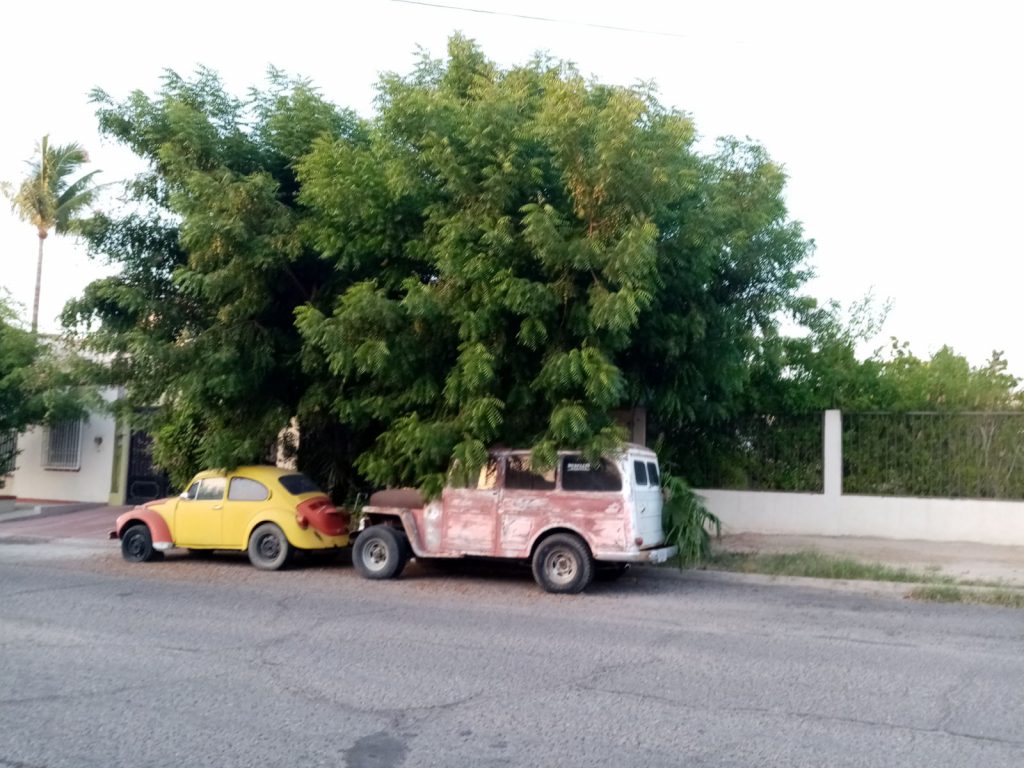
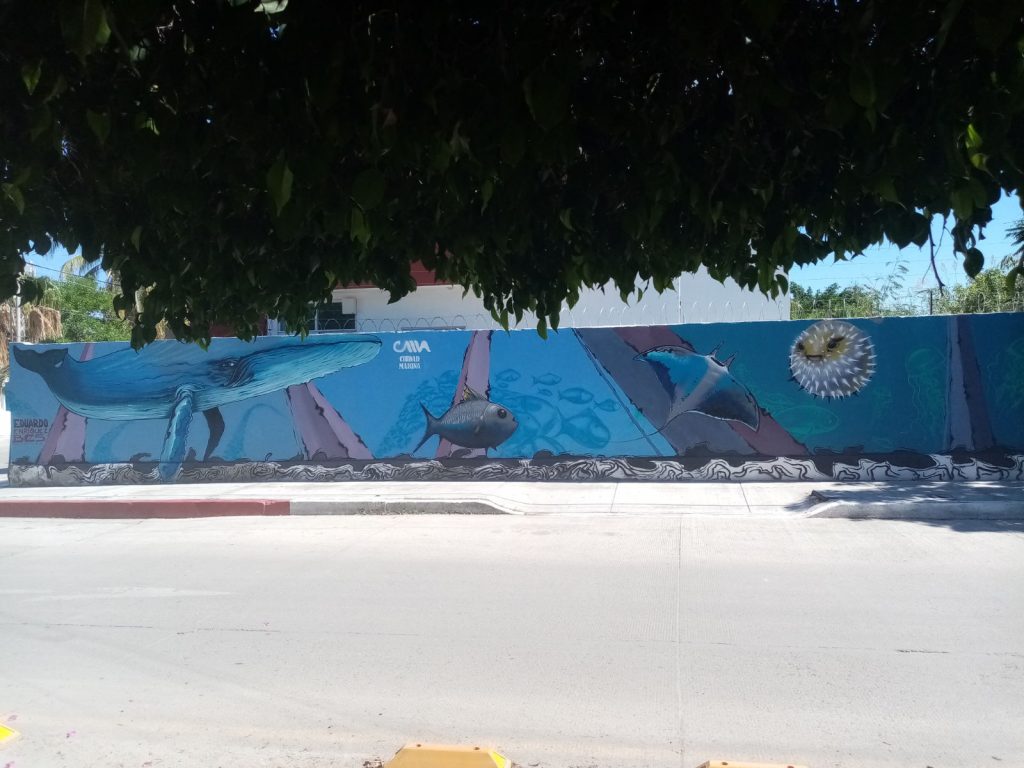
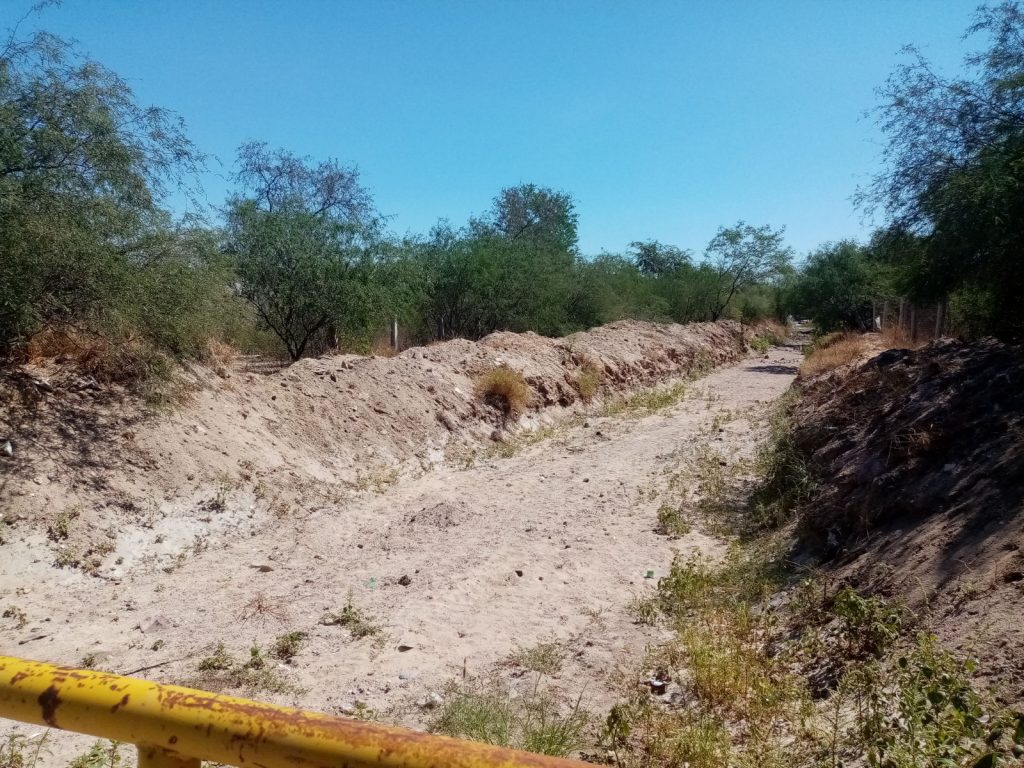
The staff appear to have become familiar enough with Paul to allow him in with his shopping bag. When I entered alone, I had to hand my backpack in to the customer service desk, thereby losing access to my shopping list, water and bags to pack the shopping in. Hot and flustered after the 30 minute walk, I’d had to step on the rubber foot-cleansing mat, hold out my arm for temperature checking and then my hands for sanitiser, so obeying the instruction to hand my bag in was just part of the stress-inducing entrance permit. Next time, I scrunched a bag into my handbag to avoid the laborious task of putting the shopping into the basket, and then having to collect my bags and hurriedly pack the items in the small space next to the customer service desk.
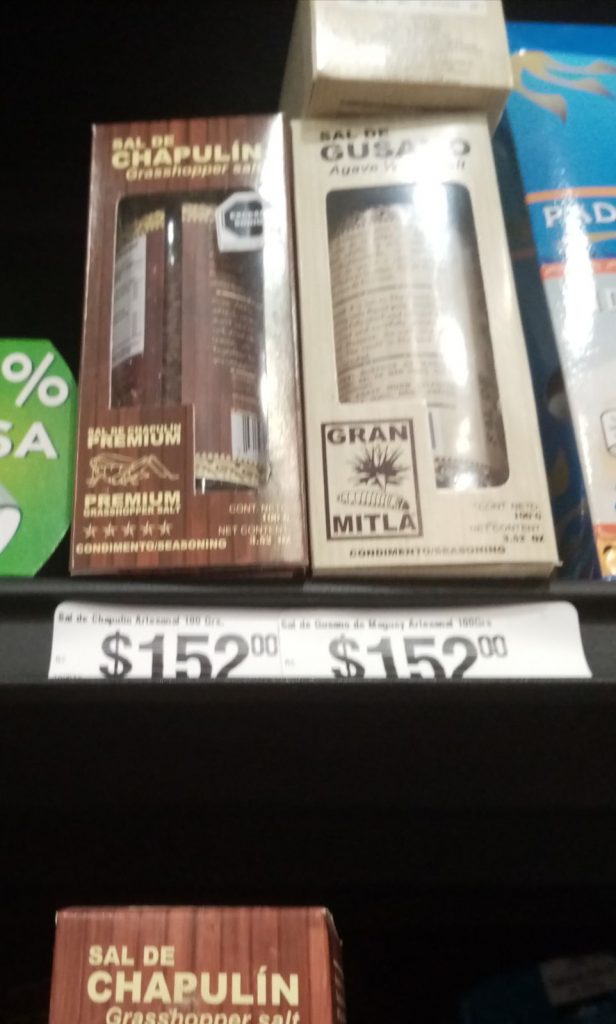
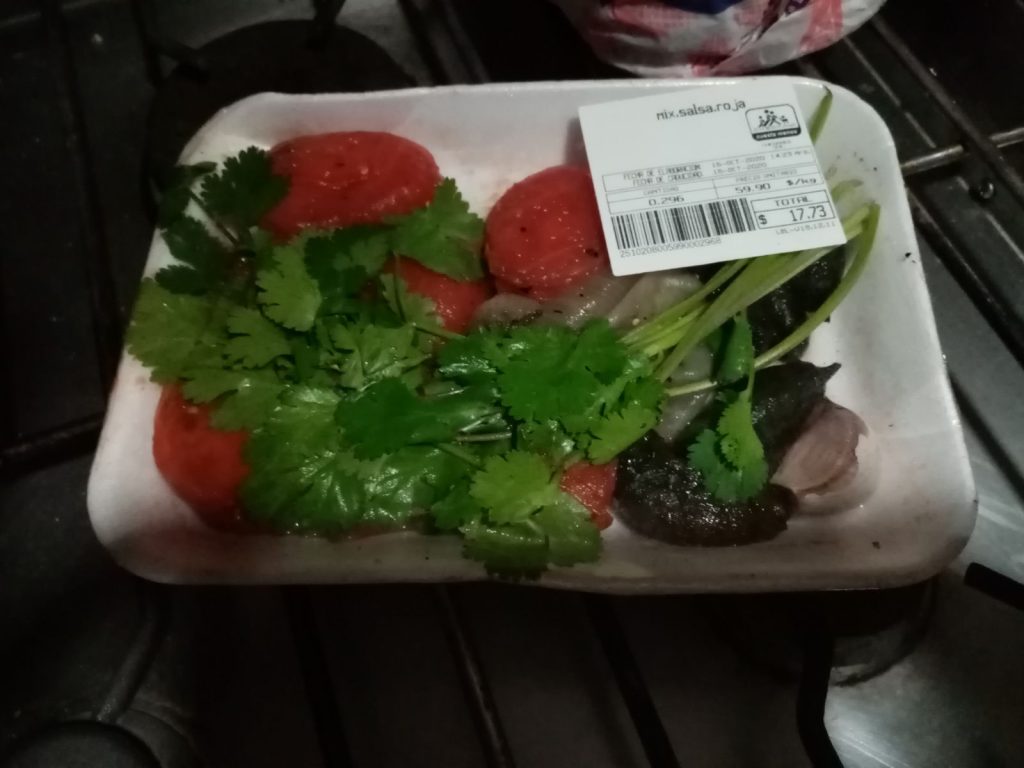
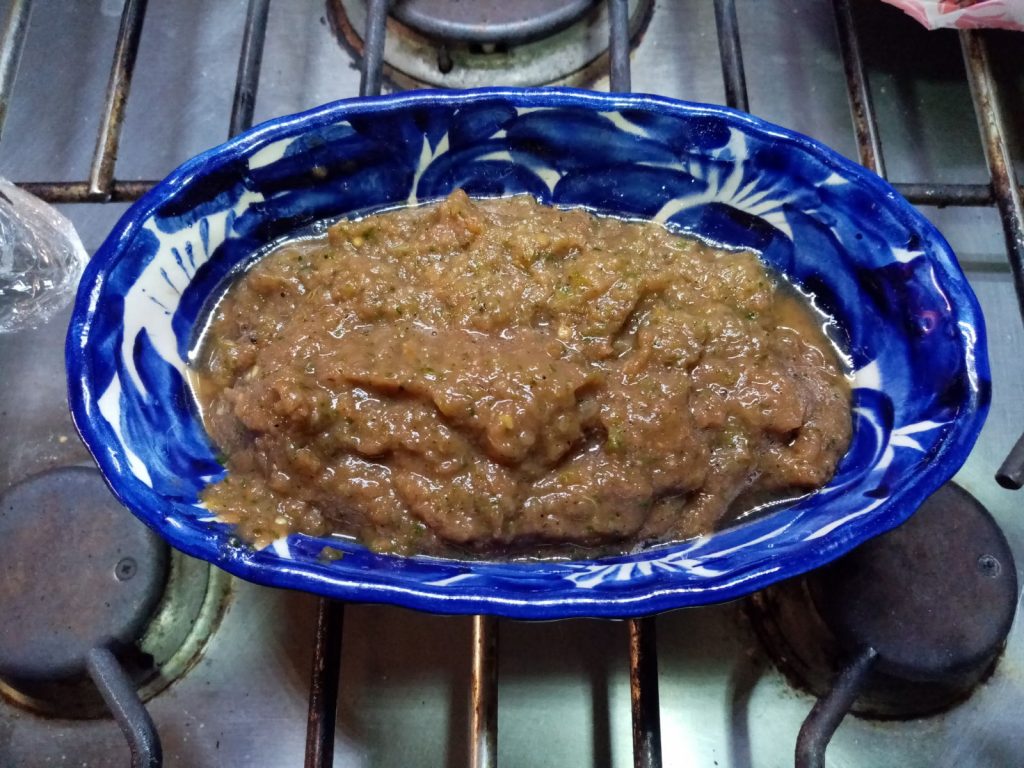
More pics taken during our cycle rides around La Paz.
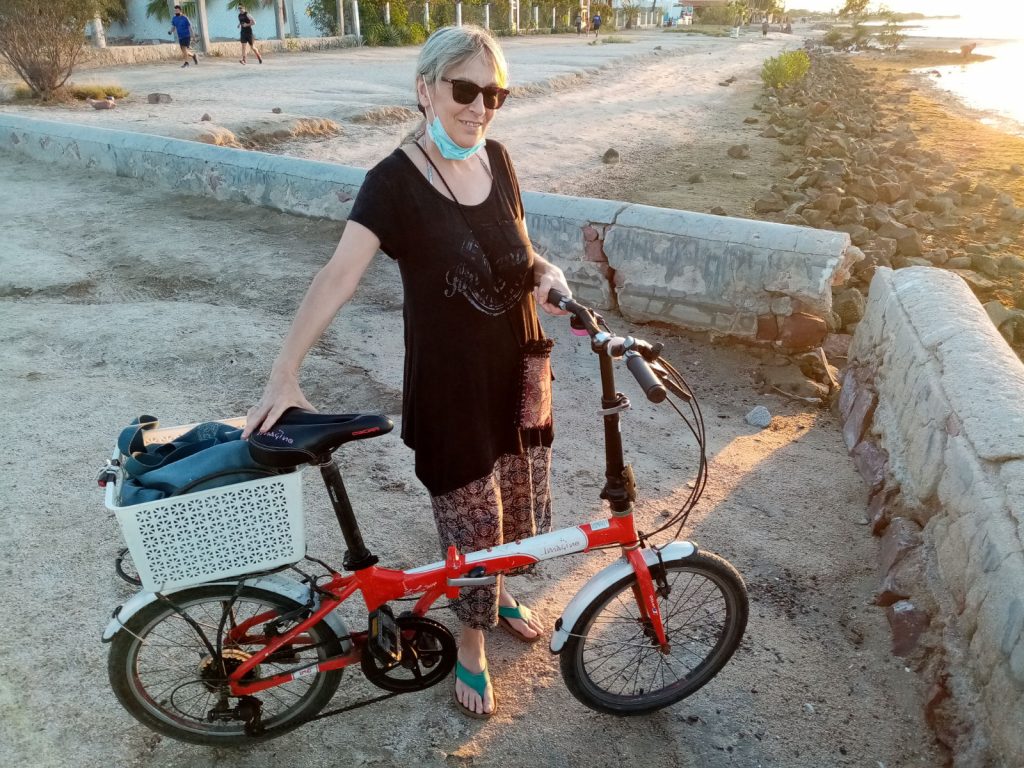
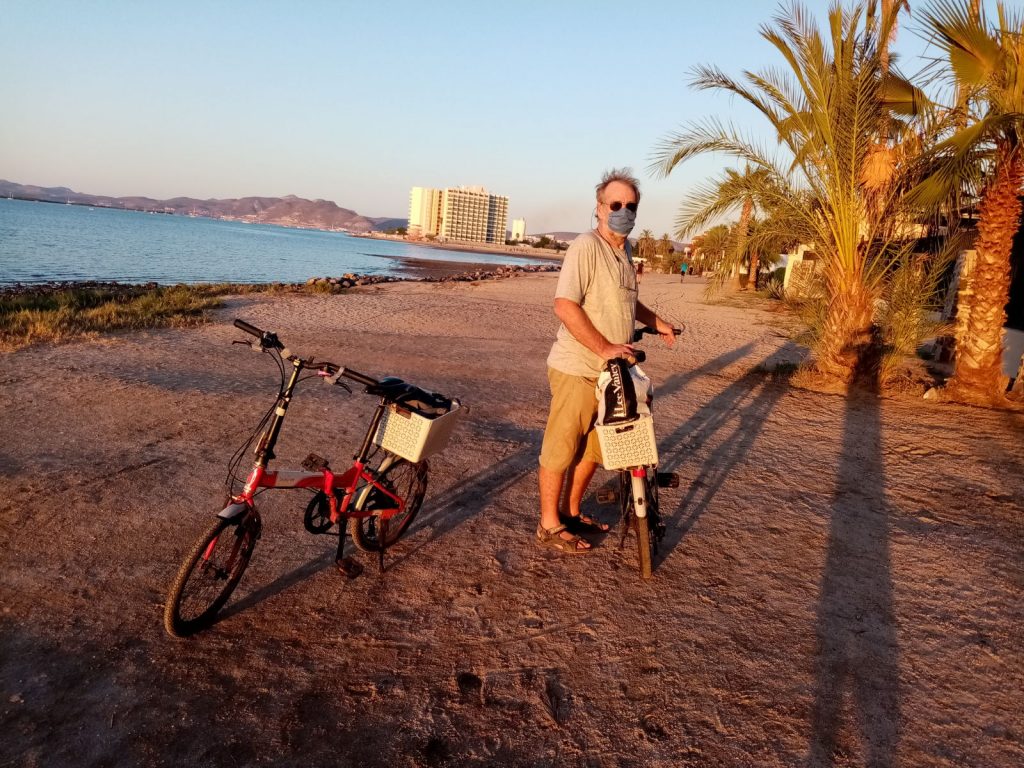
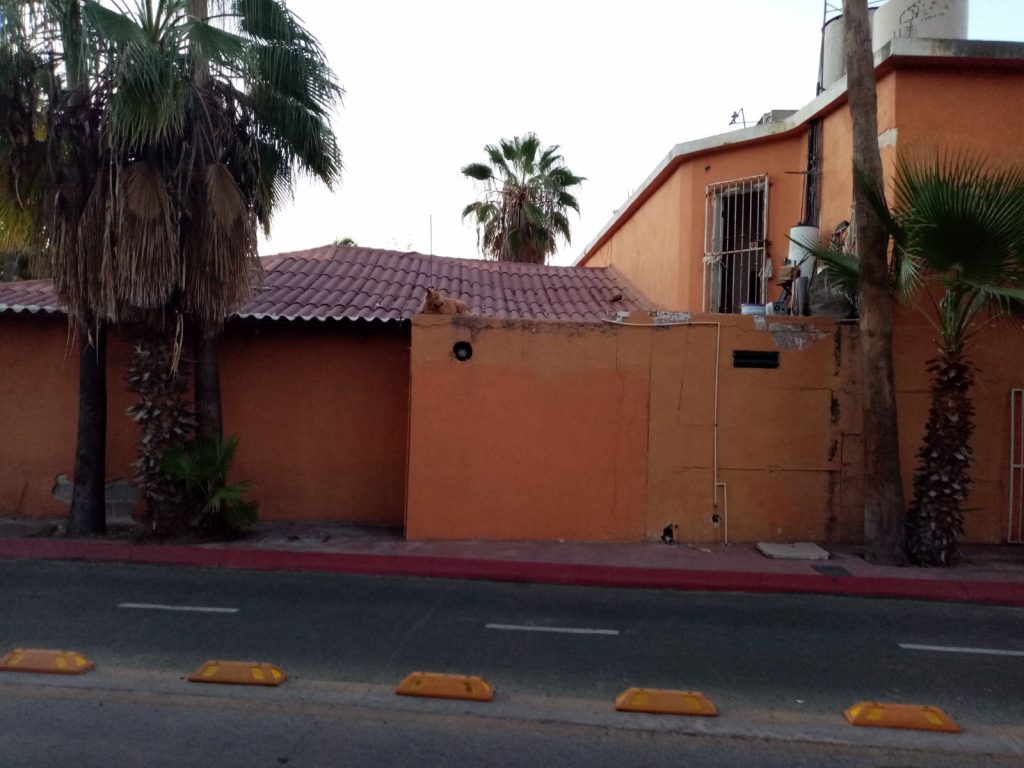
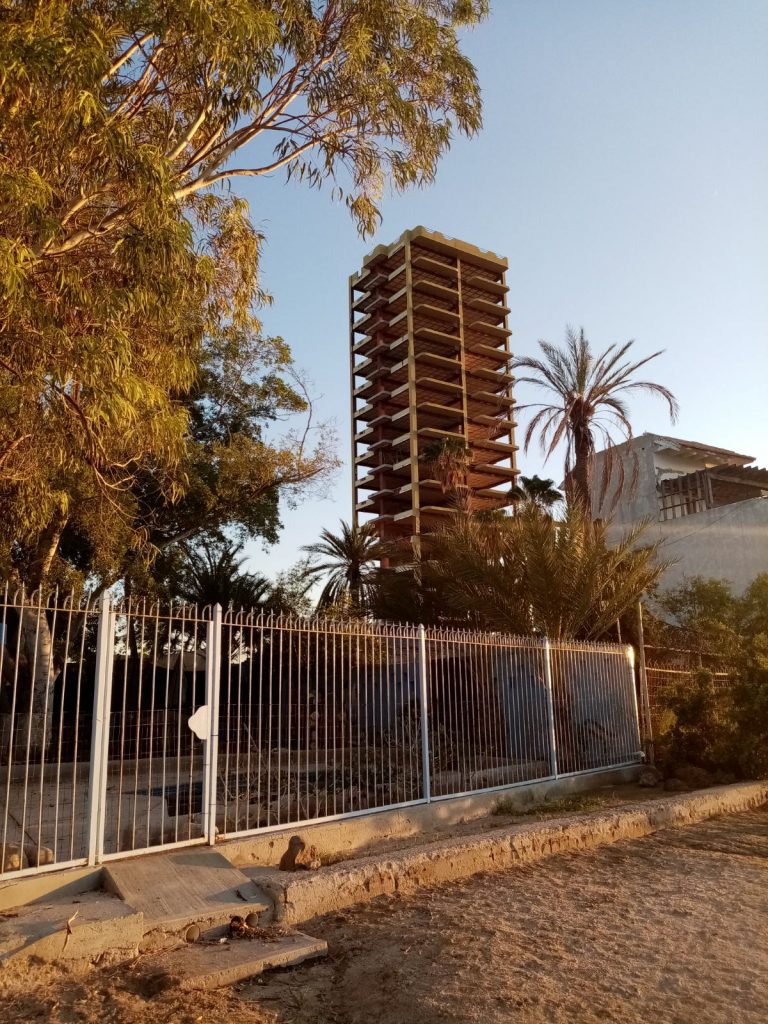
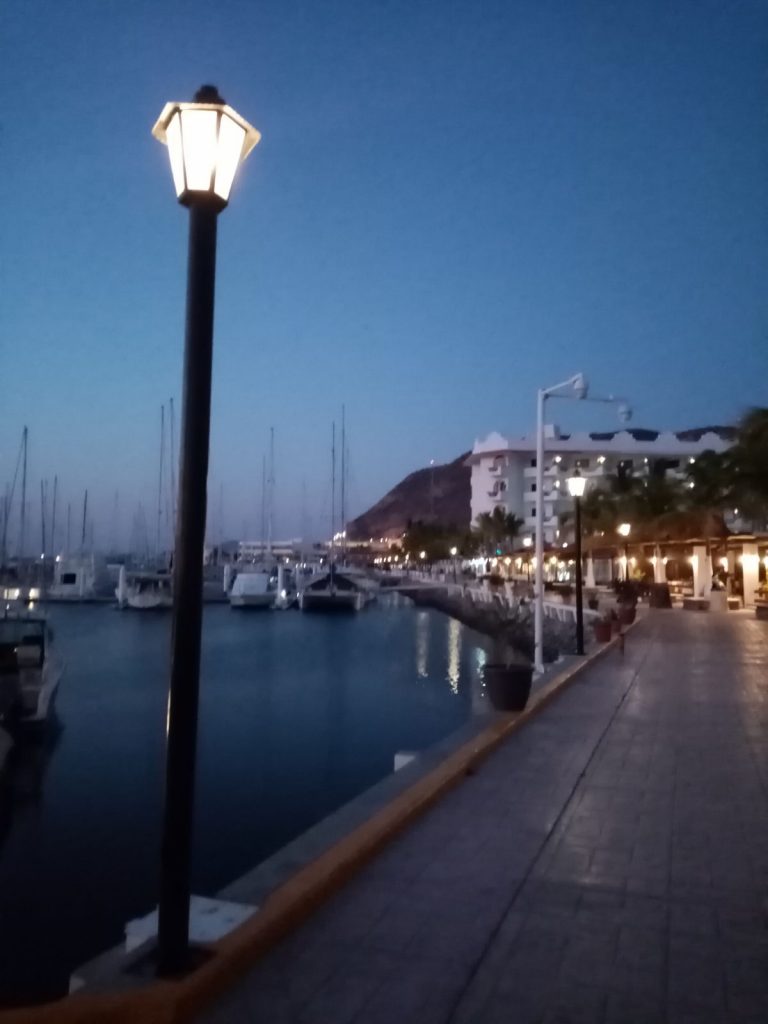
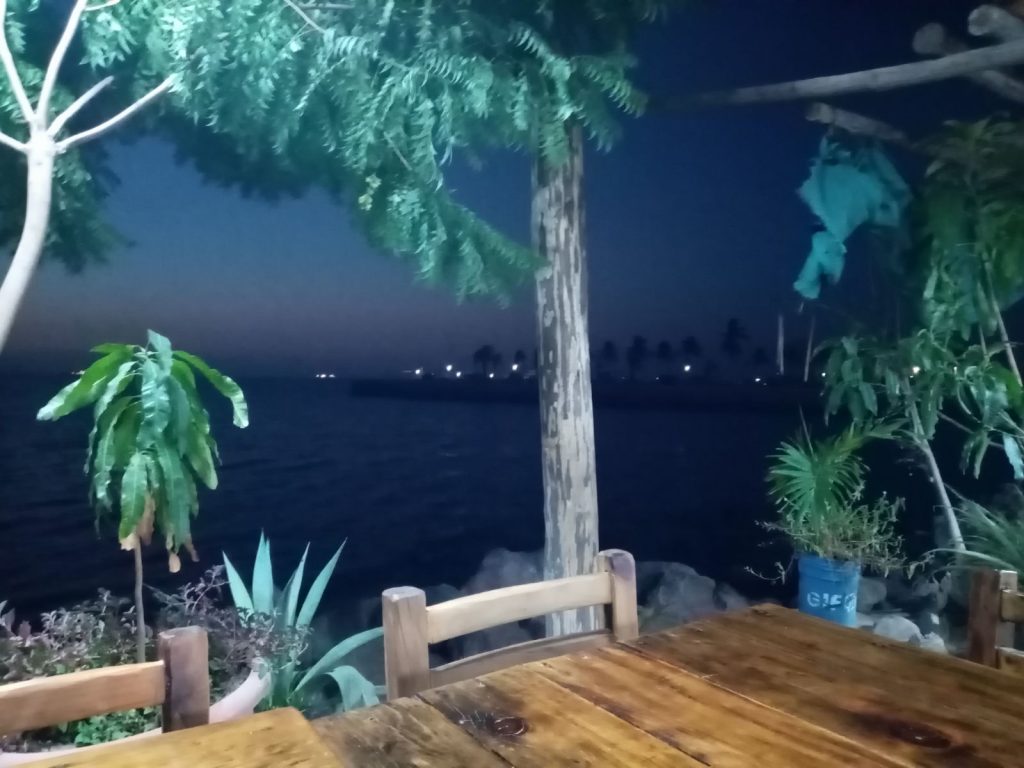
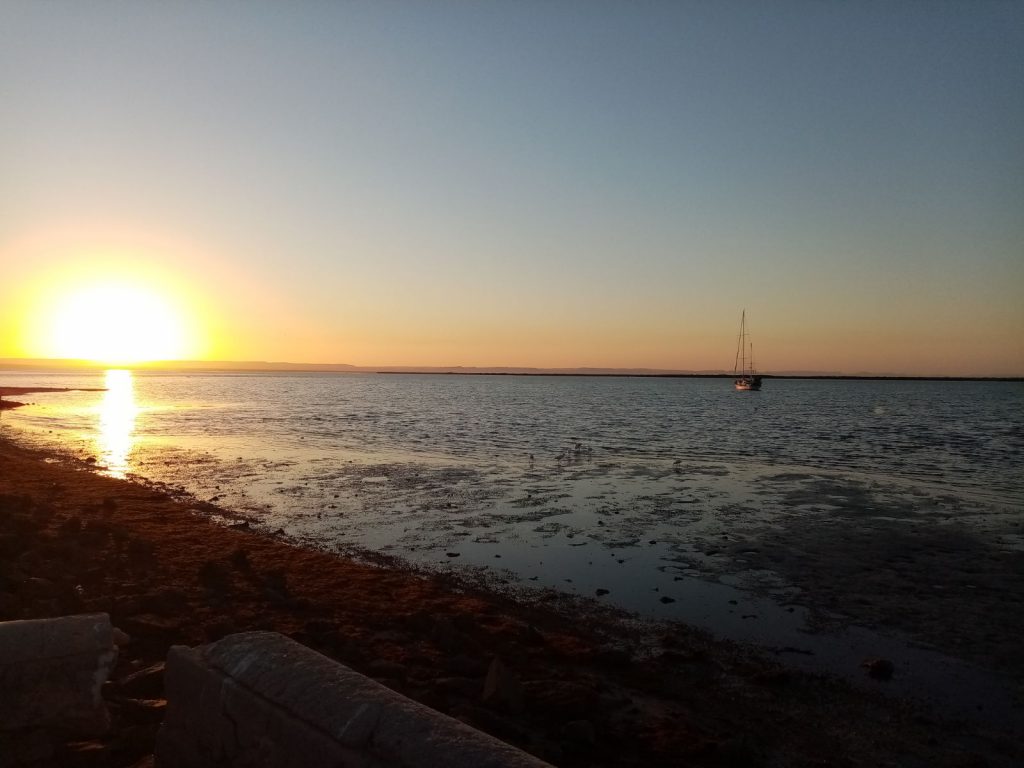
Sundays after quarantine became Mogote excursions. The sandbar a short distance away from the marina has always been a popular leisure spot. As restrictions gradually lifted, Paul tells me he’s noticed more visitors than when he first began swimming there. People whizzing around on jet skis have returned, along with water-skiers and excursion boats. Groups of people gather for afternoon barbecues and picnics on the beach. All this activity made for a pleasant atmosphere, however – even with the engine noise and shrieks coming from the various skiers. Arturo joined us for dinner each Sunday and it has been a pleasure getting to know him better – especially as he is a fellow book and arts lover. One of the dishes I made was a veggie shepherd’s pie and Paul and I must have bemused poor Arturo by explaining that he was being served ‘guardian of the sheep’ pie. The various translation and language incidents have given all three of us much amusement.
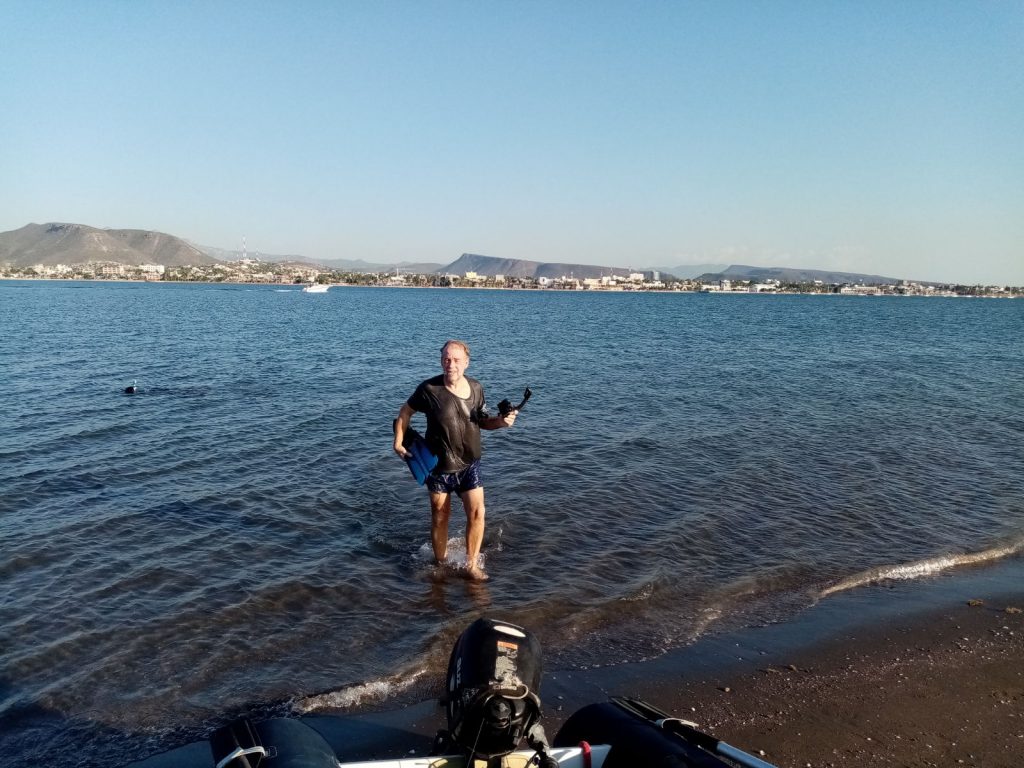
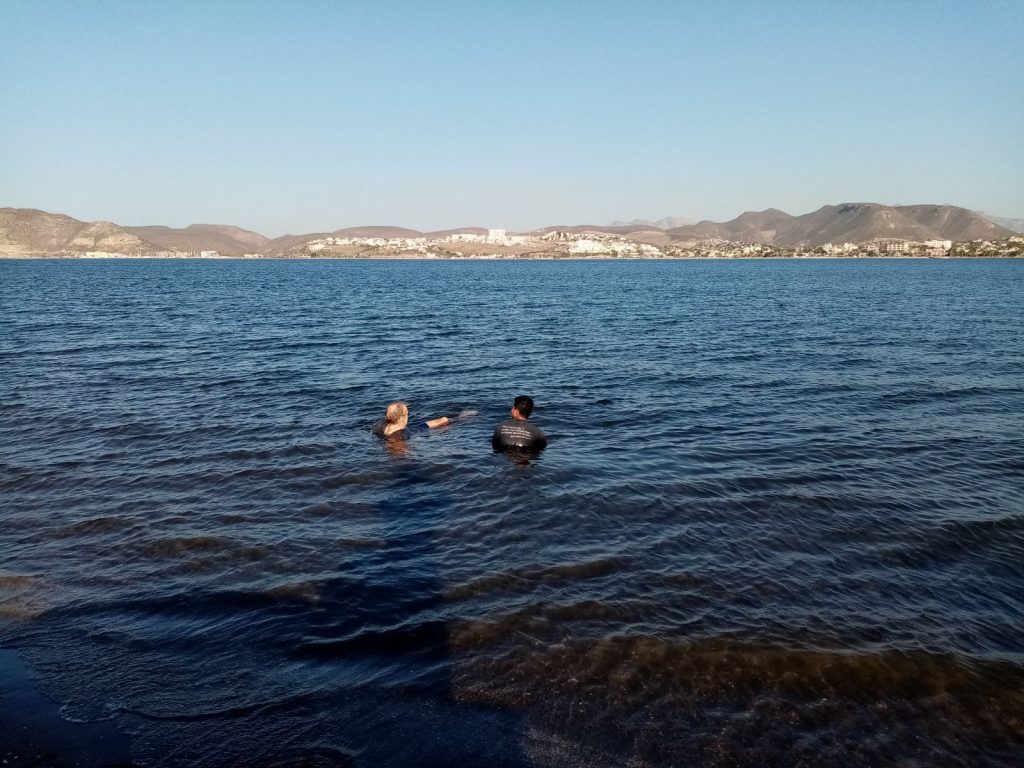
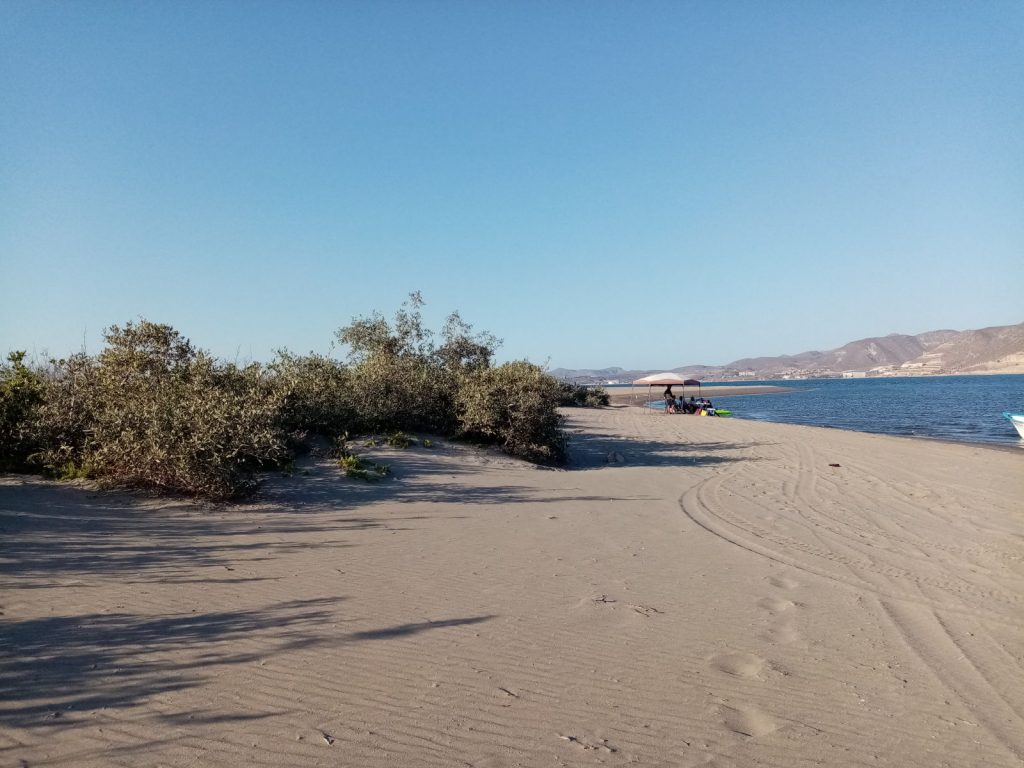
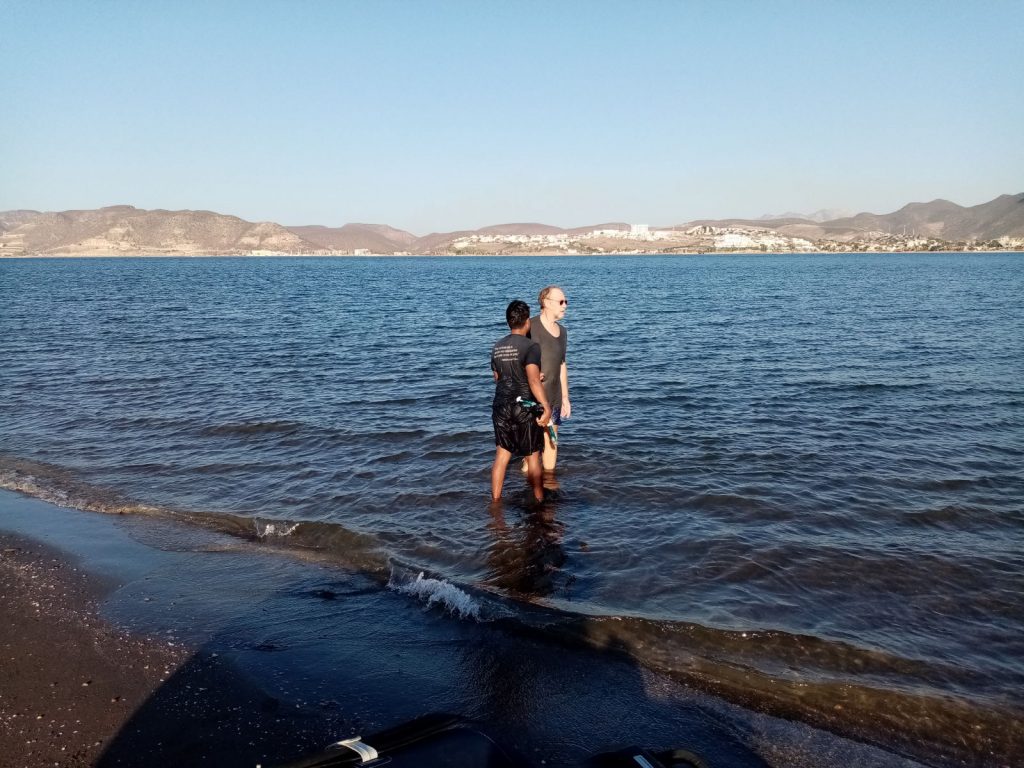
As October went on, it very slowly began to get cooler. We noticed we were turning the air conditioning off more often. Nights required an extra cover on the bed, and mornings came with a refreshing breeze, albeit only for a brief period. We had arrived here just before Christmas last year and had been trying to remember what the temperature had been like then. Paul remembered having to wear a fleece and I know we had been using a quilt on the bed – which seemed hard to imagine when the afternoon sun beat down relentlessly and we were keeping cool under the fans in the cabin. The daily morning ‘net’ broadcasts from Club Cruceros informed us that the risk of a hurricane was decreasing rapidly and that it was a good time to visit the islands a few miles north of La Paz. This was indeed our intention. Our time in the marina was up on the 27th so we left our berth on the afternoon of the 28th and anchored in the bay. We had stocked up with provisions in preparation for a trip up to Puerto Escondido where the boat is due to be hauled out later in November, but because we were keen to find out the result of the American election (so glad we did, to see Biden’s victory), we returned to La Paz for a few days after we visited some of the ‘must-see’ spots Paul had been to. It was the first time I was without access to the internet for 10 months. I followed the news avidly when Coronavirus first struck. I watched every government briefing, and was in daily touch with family and friends via social media. With so much still developing and alarming statistics being revealed in that area, along with the (seemingly) daily global political farcical events going on at present, it was a test of my addiction to be without instant access to information about ‘the outside world’. I wondered if might also prove to be a welcome relief from such information overload. The islands in the Sea of Cortez were as good a place as any to find out how I would cope….
